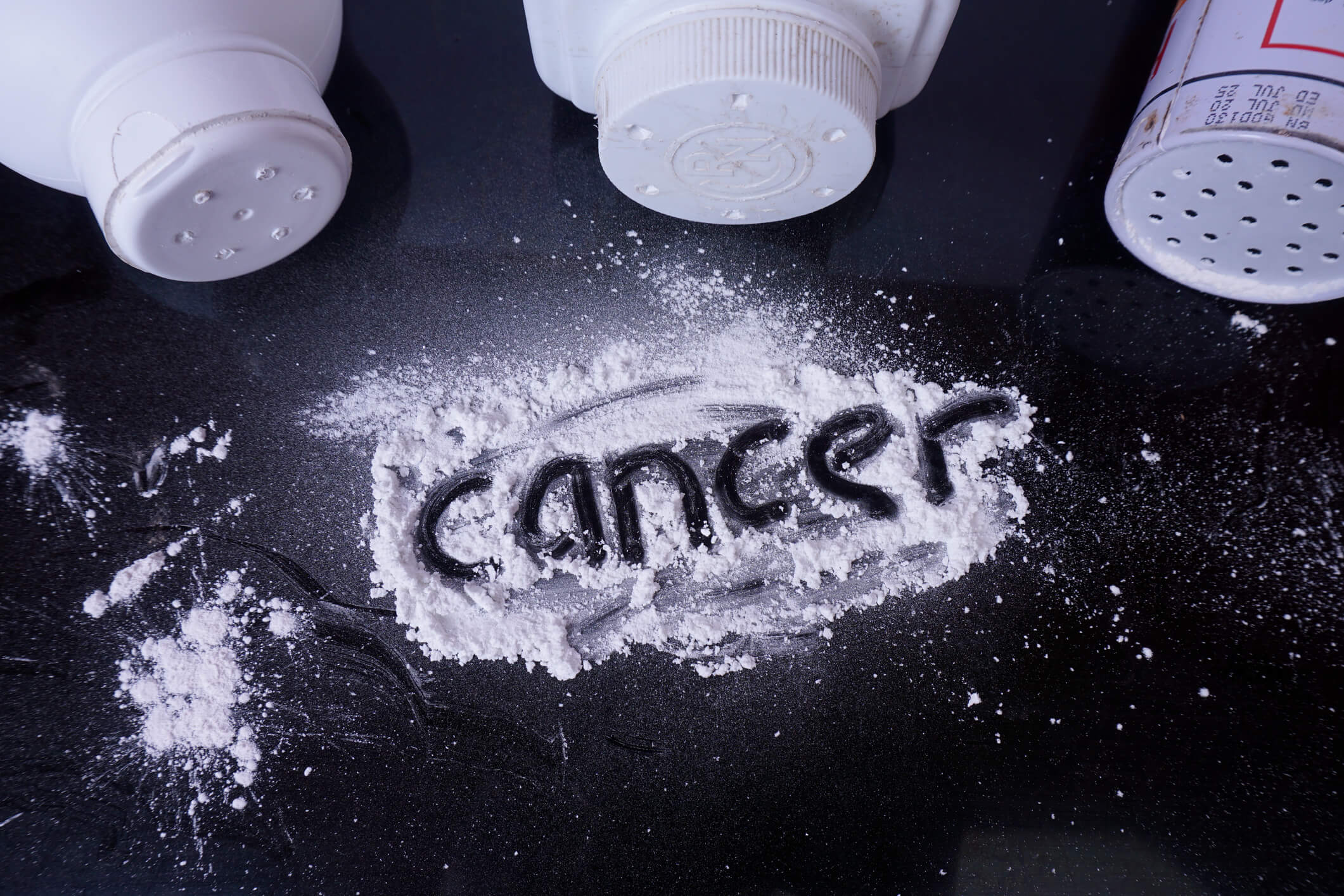South Carolina Trial Pits Johnson & Johnson Against Claims Linking Talc Products to Mesothelioma
Editors carefully fact-check all Consumer Notice, LLC content for accuracy and quality.
Consumer Notice, LLC has a stringent fact-checking process. It starts with our strict sourcing guidelines.
We only gather information from credible sources. This includes peer-reviewed medical journals, reputable media outlets, government reports, court records and interviews with qualified experts.

A trial is underway in South Carolina state court over claims that asbestos contamination in Johnson & Johnson’s talc-based products led to a man’s mesothelioma diagnosis.
Michael Perry, at the center of the closely watched trial, blames his mesothelioma diagnosis on years of using Johnson & Johnson’s talc products due to an allergy to traditional deodorants. Diagnosed in 2023 with the rare cancer linked to asbestos exposure, Perry alleges that the once-popular personal care product was the cause, according to Courtroom View Network.
The trial, overseen by Chief Justice Jean Toal, is being broadcast live by CVN.
Johnson and Johnson maintains that its talcum powder products, which they since discontinued and replaced with cornstarch-based products, were always safe. The company’s defense suggests that Perry’s asbestos exposure may have instead occurred while working with brake pads that contained asbestos in his father’s garage.
“The Court made a series of erroneous pre-trial rulings that deprive Johnson & Johnson of the opportunity to present its defense and, therefore, we already repeatedly moved for a mistrial and will appeal any adverse verdict that the rulings effectively ensure will be rendered,” said Erik Haas, Worldwide Vice President of Litigation, Johnson & Johnson.
Asbestos Contamination in Talc: How the Minerals Are Linked
Trace amounts of asbestos were discovered by the U.S. Food and Drug Administration in 2019 during routine testing, which initially led to 33,000 bottles of baby powder being recalled. This recall set off a cascade of legal challenges, culminating in tens of thousands of lawsuits against the pharmaceutical giant.
While the majority of lawsuits against Johnson & Johnson involve claims related to ovarian cancer, plaintiffs have also filed a number of mesothelioma cases, including Perry’s.
Asbestos exposure is the primary cause of mesothelioma, a rare and aggressive cancer that typically affects the lining of the lungs, heart and abdomen. Asbestos and talc are naturally occurring minerals in the Earth that sometimes form in close proximity, leading to the risk of asbestos contamination in talc during the mining process.
J&J has denied its talc-based products were dangerous. But, a late 2018 investigative report by Reuters uncovered company records that indicated J&J knew for years that the company’s iconic product was sometimes tainted with the carcinogenic asbestos, but worked to keep it off the radar from regulators and the public.
Reuters found information going as far back as the 1970s that lab testing found asbestos in J&J’s talc products, which the company never reported to the FDA.
Asbestos, which was once widely used for industrial use, cosmetics and personal hygiene items, now has heavy restrictions for use in the U.S.
Bankruptcy Maneuvers and Blocked Settlements: J&J’s Legal Strategy Challenged
Johnson & Johnson’s subsidiary, LTL Management LLC, sought to settle all current and future claims that its talc-based products caused ovarian cancer, aiming to resolve over 50,000 cases against the company. However, just one day before plaintiffs were scheduled to vote on the $6.48 billion settlement, a federal appeals court blocked the plan, according to Fierce Pharma.
This marks the third time that courts have blocked J&J from using bankruptcy maneuvers to settle claims through its subsidiary.
“No doubt that solvent companies, confronted by mass-tort litigation, can encounter significant financial distress that warrants bankruptcy,” Circuit Judge Thomas Ambro wrote in the latest ruling, according to Fierce Pharma.
“And when future insolvency is a realistic possibility based on meaningful evidence—not just the result of a highly speculative ‘worst-case’ scenario—a mass-tort defendant has a viable case for bankruptcy.”
Adding to the troubles for J&J, in July, the World Health Organization’s International Agency for Research on Cancer changed talc’s classification from a “possible” to a “probable” carcinogen after reviewing studies that found a higher risk of ovarian cancer in women who used talcum powder in the genital area.
Editor Lindsay Donaldson contributed to this article.